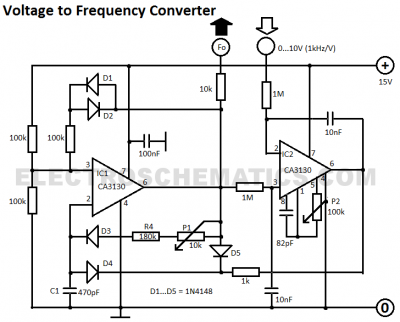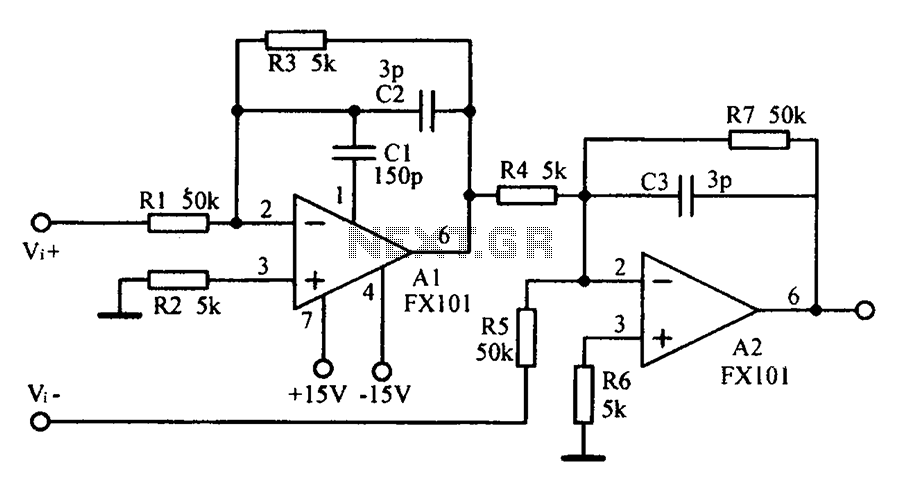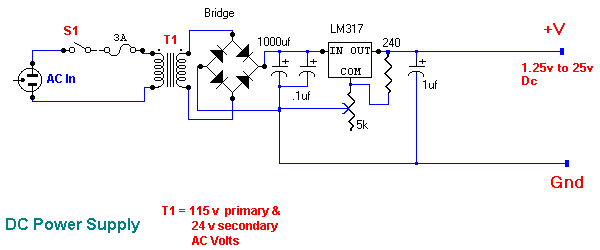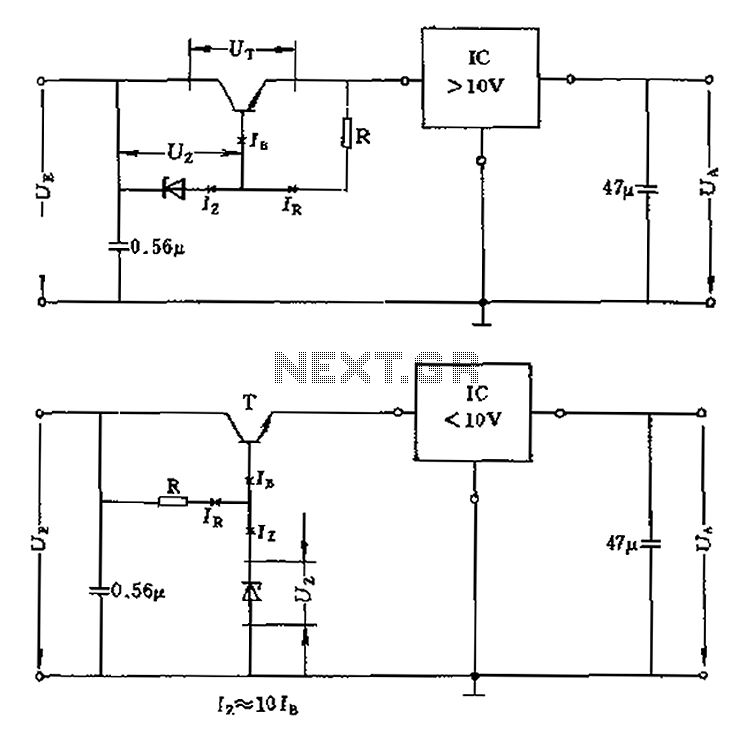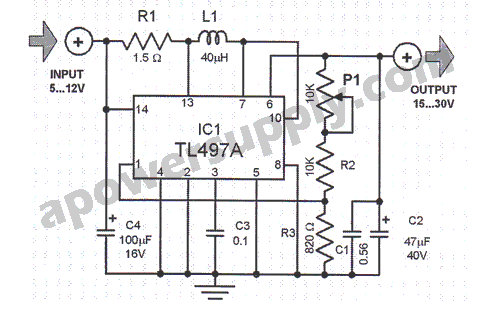
Voltage Regulator
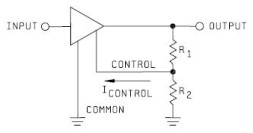
Neither term describes a regulator, only its placement within a circuit or system. Any voltage regulator could meet the requirements, depending on its placement. A listing of Analog Voltage Regulator IC manufacturers. The types of products or devices they produce are listed under the company name, in alphabetic order. Additional component manufacturers may be found by selecting the Components icon below, or Equipment manufacturers may be found by selecting the OEM Equipment icon.
Voltage regulators are essential components in electronic circuits, responsible for maintaining a constant output voltage regardless of variations in input voltage or load conditions. Their effectiveness is largely determined by their placement within the circuit. Various types of voltage regulators, such as linear regulators, switching regulators, and low-dropout (LDO) regulators, can be utilized based on the specific requirements of the application.
Linear voltage regulators provide a simple and cost-effective solution for applications requiring low noise and low ripple voltage. They operate by dissipating excess voltage as heat, which makes them suitable for low-power applications. In contrast, switching regulators are more efficient for higher power applications, as they convert input voltage to output voltage using a high-frequency switching element, resulting in less heat generation and improved efficiency.
A comprehensive list of manufacturers specializing in analog voltage regulator integrated circuits (ICs) can be beneficial for engineers seeking reliable components for their designs. These manufacturers offer a variety of products, including adjustable and fixed output voltage regulators, as well as specialized devices for specific applications. The products are typically organized alphabetically by company name, making it easier for designers to locate the appropriate components for their circuit requirements.
In addition to voltage regulator manufacturers, other component suppliers can be found through dedicated icons or links, allowing engineers to explore a broader range of electronic components necessary for their designs. This interconnected approach facilitates the selection of compatible components, ensuring optimal performance and reliability in electronic systems.Neither term describes a regulator, only its placement within a circuit or system. Any voltage regulator could meet the requirements, depending on its placement. A listing of Analog Voltage Regulator IC manufacturers. The types of products or devices they produce are listed under the company name, in alphabetic order. Additional component manufacturers may be found by selecting the Components icon below, or Equipment manufacturers may be found by selecting the OEM Equipment icon.
🔗 External reference
Voltage regulators are essential components in electronic circuits, responsible for maintaining a constant output voltage regardless of variations in input voltage or load conditions. Their effectiveness is largely determined by their placement within the circuit. Various types of voltage regulators, such as linear regulators, switching regulators, and low-dropout (LDO) regulators, can be utilized based on the specific requirements of the application.
Linear voltage regulators provide a simple and cost-effective solution for applications requiring low noise and low ripple voltage. They operate by dissipating excess voltage as heat, which makes them suitable for low-power applications. In contrast, switching regulators are more efficient for higher power applications, as they convert input voltage to output voltage using a high-frequency switching element, resulting in less heat generation and improved efficiency.
A comprehensive list of manufacturers specializing in analog voltage regulator integrated circuits (ICs) can be beneficial for engineers seeking reliable components for their designs. These manufacturers offer a variety of products, including adjustable and fixed output voltage regulators, as well as specialized devices for specific applications. The products are typically organized alphabetically by company name, making it easier for designers to locate the appropriate components for their circuit requirements.
In addition to voltage regulator manufacturers, other component suppliers can be found through dedicated icons or links, allowing engineers to explore a broader range of electronic components necessary for their designs. This interconnected approach facilitates the selection of compatible components, ensuring optimal performance and reliability in electronic systems.Neither term describes a regulator, only its placement within a circuit or system. Any voltage regulator could meet the requirements, depending on its placement. A listing of Analog Voltage Regulator IC manufacturers. The types of products or devices they produce are listed under the company name, in alphabetic order. Additional component manufacturers may be found by selecting the Components icon below, or Equipment manufacturers may be found by selecting the OEM Equipment icon.
🔗 External reference
